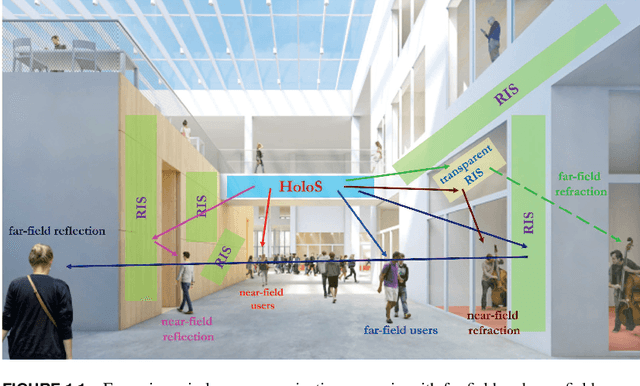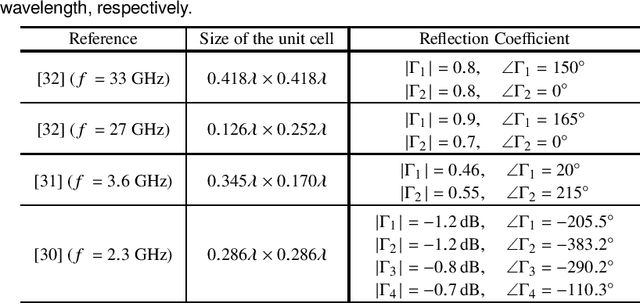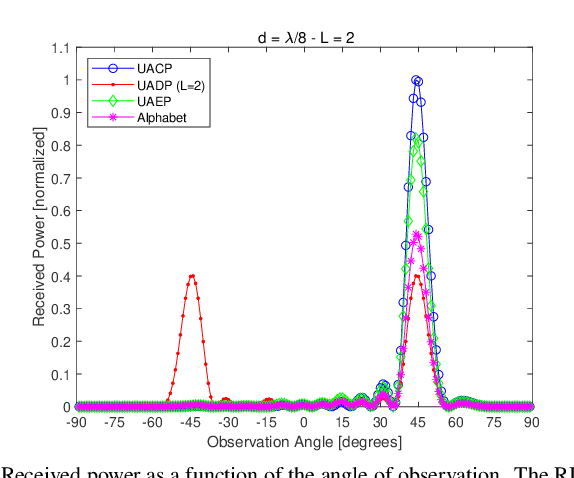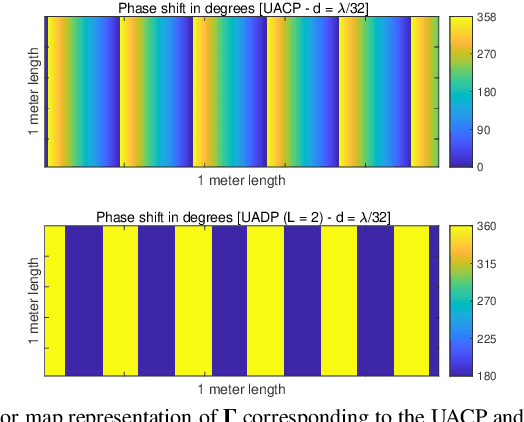Abdelhamed Ahmed
Digital Reconfigurable Intelligent Surfaces: On the Impact of Realistic Reradiation Models
May 19, 2022



Abstract:Reconfigurable intelligent surface (RIS) is an emerging technology that is under investigation for different applications in wireless communications. RISs are often analyzed and optimized by considering simplified electromagnetic reradiation models. In this chapter, we aim to study the impact of realistic reradiation models for RISs as a function of the sub-wavelength inter-distance between nearby elements of the RIS, the quantization levels of the reflection coefficients, the interplay between the amplitude and phase of the reflection coefficients, and the presence of electromagnetic interference. We consider both case studies in which the users may be located in the far-field and near-field regions of an RIS. Our study shows that, due to design constraints, such as the need of using quantized reflection coefficients or the inherent interplay between the phase and the amplitude of the reflection coefficients, an RIS may reradiate power towards unwanted directions that depend on the intended and interfering electromagnetic waves. Therefore, it is in general important to optimize an RIS by considering the entire reradiation pattern by design to maximize the reradiated power towards the desired directions of reradiation while keeping the power reradiated towards other unwanted directions at a low level. Our study shows that a 2-bit digitally controllable RIS with an almost constant reflection amplitude as a function of the applied phase shift, and whose scattering elements have a size and an inter-distance between (1/8)th and (1/4)th of the signal wavelength may be a good tradeoff between performance, implementation complexity and cost. However, the presented results are preliminary and pave the way for further research into the performance of RISs based on accurate and realistic electromagnetic reradiation models.
 Add to Chrome
Add to Chrome Add to Firefox
Add to Firefox Add to Edge
Add to Edge